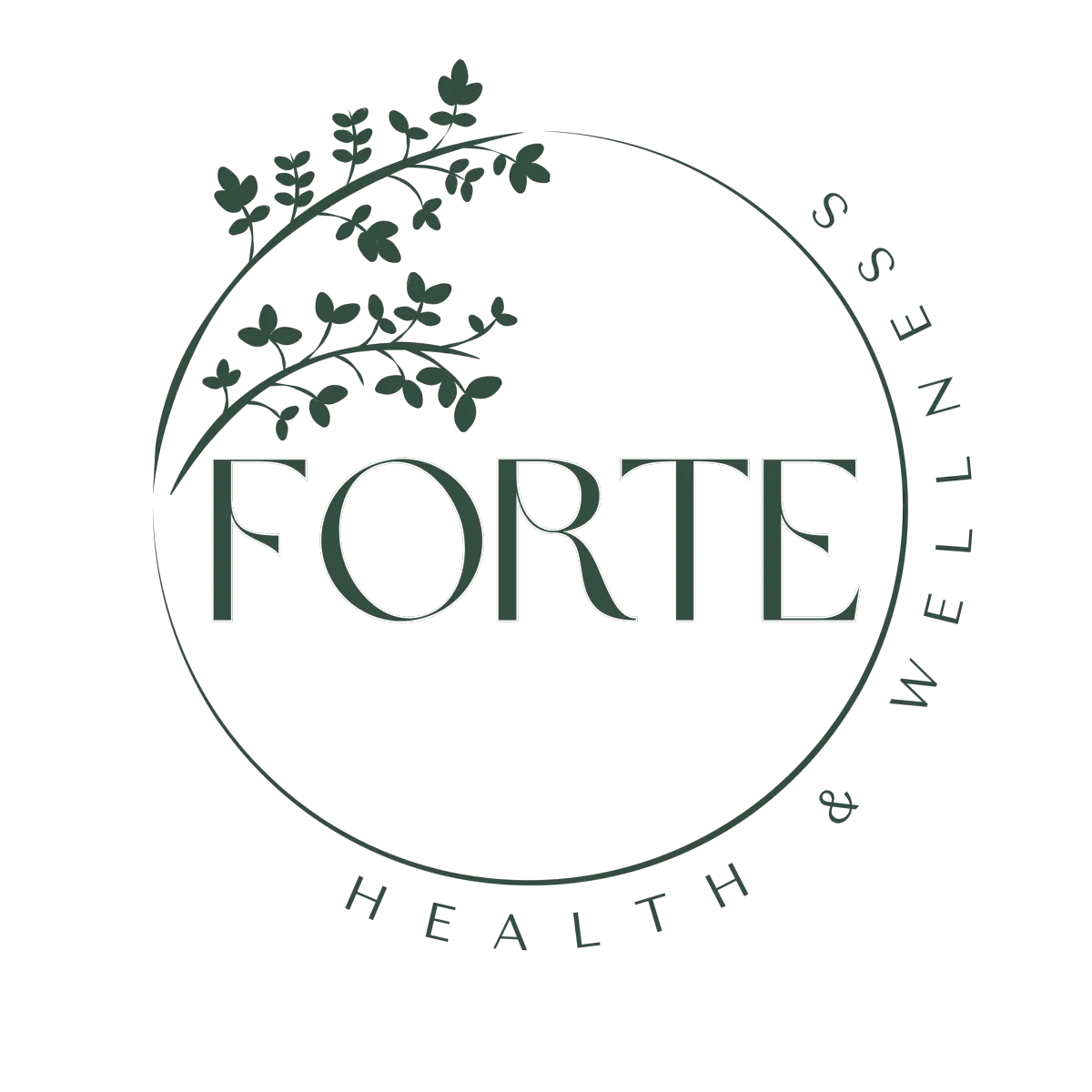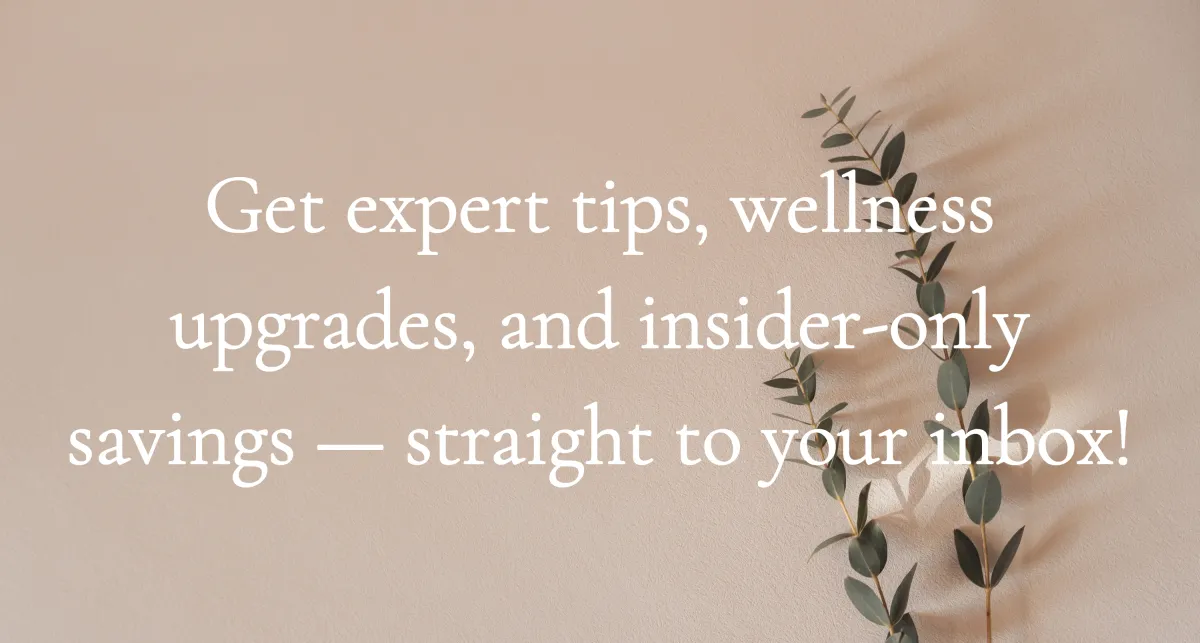9 Ways to Fix Your Neurotransmitters (No Meds Needed)
The ADHD Advantage: Unlocking Focus, Energy & Dopamine in a Distracted World
You’re not broken. You’re built differently—and here’s how to thrive with that - PART 4

Introduction: You Don’t Need More Willpower—You Need Better Chemistry
If you’ve ever stared at your to-do list in full paralysis—even though you want to take action—you already know: ADHD isn’t a mindset issue. It’s a chemistry issue. And you can’t force your way through a dopamine drought.
The good news? Your brain can change. In this article, you’ll learn 9 powerful, evidence-backed strategies to repair your neurotransmitters, boost dopamine naturally, and finally feel focused and driven without crashing later. No medication required—just bio-aligned habits that rebuild your brain from the inside out.
9 Ways to Fix Your Neurotransmitters (No Meds Needed)
⚙️ Fix Your Neurotransmitters for a Better Brain
🚫You don’t need more discipline.
✅You need to repair the chemical engine that drives motivation.
Dopamine isn’t just a pleasure molecule—it’s your brain’s gas pedal. It determines how motivated, driven, and focused you feel.
If you have ADHD, your dopamine system is like a leaky gas tank. You either feel bored and paralyzed, or hyperfocused and unstoppable—with almost nothing in between.
But here’s the truth:
You can’t willpower your way through a dopamine drought.
You have to rebuild the system—layer by layer.
Let’s break down 9 science-backed ways to fix your neurotransmitters and reclaim your focus, drive, and self-trust.
1. 🧊 Cold Exposure: Ice Baths, Cold Showers, Nature Dips
If you want a free, natural dopamine reset, this is it.
A 2000 study found that cold exposure can increase dopamine by 250%, with levels staying elevated for hours afterward.
Why it works:
Cold stimulates norepinephrine and dopamine release.
It trains your brain to tolerate discomfort—rewiring motivation pathways.
It resets your nervous system from overdrive to balance.
🔧 Try this:
Start with 30 seconds of cold at the end of your shower.
Work up to 3 minutes.
For deeper benefits, plunge into 50-59°F water for 2–5 minutes, 2–3x/week.
2. 🥩 Fuel With Dopamine-Rich Nutrition
You can’t make neurotransmitters out of air.
You need raw materials: amino acids, minerals, and fat.
🧪 Nutrients needed for dopamine:
L-Tyrosine (found in beef, turkey, eggs)
Iron (heme form in red meat)
Zinc (oysters, pumpkin seeds)
Vitamin B6 + B12 (liver, salmon)
Omega-3s (especially DHA from wild fish)
Magnesium (leafy greens, dark chocolate)
💥 ADHD brains burn through these faster. If you’re running low, dopamine won’t synthesize—and focus crashes.
🔧 Try this:
Eat a high-protein breakfast within an hour of waking.
Avoid sugary cereals, coffee on an empty stomach, or intermittent fasting if it crashes your energy by 11am.
3. 🧠 Train Fasted in the Morning
Morning movement in a fasted state triggers a cascade of dopamine, BDNF (brain-derived neurotrophic factor), and endorphins.
Why it works:
Low insulin = high focus
Movement = norepinephrine and dopamine surge
BDNF = brain plasticity and memory enhancement
🔧 Try this:
Walk, bike, or do resistance training fasted (coffee or electrolytes are okay).
Avoid intense HIIT if it spikes anxiety.
Follow with a protein-rich meal post-workout.
4. 📴 Stop Hijacking Your Dopamine with Screens
Every scroll, notification, or binge-watching session hits your brain like a slot machine.
Your reward system gets flooded—then goes numb.
You start needing more stimulation to feel anything.
Symptoms:
Can’t focus without background noise
Need to check your phone constantly
Feel restless or blank when alone
🔧 Try this:
No phone for the first hour of your day
Remove TikTok/Instagram from your home screen
Try a “dopamine detox” day—no screens, just nature, books, journaling, walks
This re=sensitizes your dopamine receptors and makes real-life experiences feel meaningful again.
5. 🧬 Supplement Strategically (Don’t Just Guess)
Supplements don’t replace lifestyle—but they can amplify results.
🧪 Top ADHD-supportive supplements:
L-Tyrosine (500–1000 mg AM) – Precursor to dopamine
Phosphatidylserine (100–300 mg daily) – Improves attention, stress tolerance
Zinc + B6 – Cofactors in dopamine production
Omega-3s (high DHA) – Enhances cognitive function
Magnesium Glycinate (200–400 mg) – Calms the mind
Creatine Monohydrate (3–5g daily) – Shown to improve working memory
Rhodiola Rosea or Rhodiola + L-Theanine – Boosts focus, reduces anxiety
Mucuna Pruriens – Natural source of L-DOPA (use cautiously and cyclically)
🔧 Try this:
Choose 1–3 to start, and track how you feel. Quality matters—avoid synthetic fillers or additives.
6. 💩 Heal the Gut-Brain Axis
ADHD isn’t just in your head—it’s also in your gut.
90% of serotonin is made in the gut
Dopamine precursors depend on healthy microbiota
Leaky gut = systemic inflammation = neurotransmitter dysfunction
🔧 Try this:
Add fermented foods (sauerkraut, kefir, kimchi)
Use bone broth or collagen to repair gut lining
Take a probiotic with strains like Lactobacillus rhamnosus GG and Bifidobacterium infantis
Avoid glyphosate-laden grains (switch to organic)
7. 🧘♀️ Train the Nervous System to Handle Boredom
Your ADHD brain panics when things get slow or quiet.
That’s not your fault—it’s how you were wired to stay alive in a dangerous world.
But in a safe modern life, discomfort ≠ danger.
You can rewire that.
🔧 Try this:
Practice non-sleep deep rest (NSDR) or Yoga Nidra
Do 3–5 minutes of mindful stillness daily
Use breathwork (box breathing, 4-7-8) when you feel restless
This builds your dopamine tolerance window—so you’re not constantly chasing highs.
8. 🌞 Get Morning Sunlight and Red Light Exposure
Your circadian rhythm controls your hormone timing—including dopamine and cortisol.
When you delay natural light exposure, your brain thinks it’s still nighttime.
It starts the day sluggish, unfocused, and dysregulated.
🔧 Try this:
Get 10–20 minutes of outdoor light within 30 minutes of waking (no sunglasses)
Use red light panels (photobiomodulation) to boost mitochondria and dopamine
Limit blue light after 7pm
9. 🔥 Build a Life That Excites You
Your brain was designed for purpose-driven action—not meaningless routines.
People with ADHD don’t need less responsibility—they need the right kind:
Autonomy
Novelty
Impact
Creative freedom
Physical motion
Built-in rewards
🔧 Try this:
Create sprints with built-in deadlines
Make tasks a game: use timers, rewards, and visual trackers
Say no to environments that stifle your wiring—yes to the ones that activate it
When your life aligns with your dopamine circuitry, discipline becomes effortless.
🔄 Summary: You’re Not “Too Much”—You’re Under-Stimulated by the Wrong Inputs
You don’t need more shame.
You don’t need to “just try harder.”
You need to repair, nourish, and support the chemistry of your brilliance.
This is what it means to biohack ADHD—not to suppress your traits, but to unlock them.
🔭 Coming Up Next…
In the next section, we’ll explore why ADHD might actually be good for you—and how to stop fighting your brain and start embracing your neurodivergence as your edge.
We’ll also break down what to eat, how to live, and how to build an ADHD-friendly routine that feels like flow—not friction.
Are you ready to turn ADHD into your advantage?
Let’s go.






Facebook
Instagram